What is the Best Way to Print Sticker Labels for My Beers?
This entry was posted on May 20, 2025 .
Printing sticker labels for your beers starts with choosing the right material, printing method, and design that fits your brand and brewing goals. Whether you're labeling bottles or cans, the best approach combines moisture-resistant materials, digital printing, and a label partner who understands the beverage industry.
What Smart Brewers Get Right About Beer Labels
You can brew the most amazing beer in the world — but if your label looks generic or peels off in the cooler, that’s what people remember. Successful breweries think about their labels like they think about their hops: intentionally.
A label that works doesn’t just “look nice.” It:
- Survives real-world handling — wet hands, cold storage, ice buckets
- Tells the buyer what makes this beer different in 3 seconds or less
- Supports the brand’s tone — modern, rustic, experimental, heritage, etc.
- Meets legal requirements without hijacking the design
- Sticks to the bottle or can without bubbling or sliding
In other words: your label’s job is to communicate fast, hold up long, and match your market. When you get that right, your beer isn’t just good — it sells.
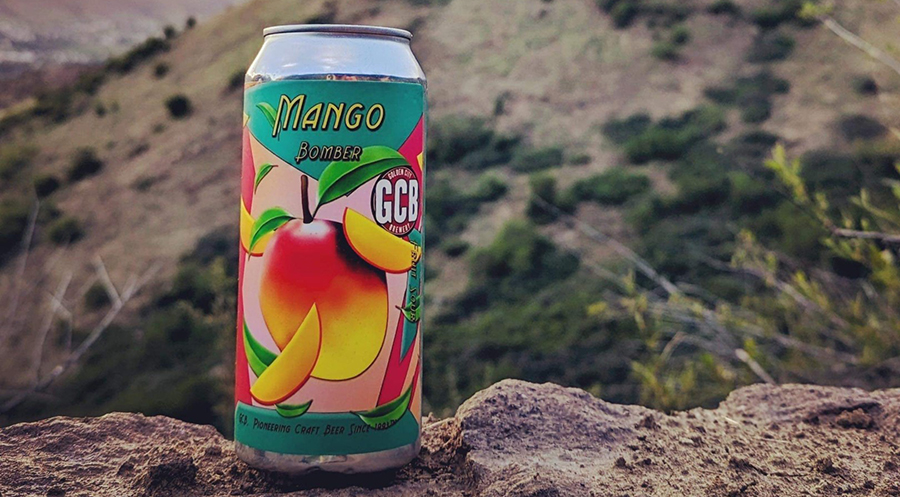

What’s the Best Printing Method for Custom Beer Labels?
For craft brewers, the best printing method isn’t just about putting ink on a label — it’s about flexibility, durability, and capturing the personality of your beer without breaking your budget.
That’s why digital label printing has become the go-to for most small to mid-sized breweries. Here's what makes it a smart move:
- No plate or setup fees — Unlike traditional methods like flexo or offset printing, digital lets you print as few or as many as you need, without paying to make custom plates.
- Fast turnarounds — You can go from proof approval to delivery in days, not weeks — which matters when you’re launching a seasonal IPA or reacting to market demand.
- Consistent color and sharp detail — Digital excels at detailed illustrations, textured graphics, and vibrant branding — even across multiple SKUs or changing variants.
- Perfect for short runs — Whether you’re brewing 100 bottles for a taproom-only release or 5,000 for distribution, digital gives you control over volume without leftover waste.
Pro Tip: Want to test different label designs before committing? Digital makes A/B testing easy. Run a few versions, get real feedback, then double down on what works.
What Are the Best Materials for Beer Bottle Labels?
Beer bottles and cans don’t live in ideal conditions — they’re stored cold, get wet, and are often handled roughly. That’s why label material isn’t just about how it looks — it’s about how it performs.
Here’s a breakdown of label materials that work well for beer — and when you should use each:
White BOPP (Polypropylene)
This is the gold standard for beer labels:
- Water and oil-resistant
- Tear-resistant with strong adhesion
- Compatible with matte, gloss, or high-gloss finishes
It holds up in coolers, ice buckets, and cold storage without bubbling, smearing, or peeling. Best for full-color designs where you want a clean, solid background.
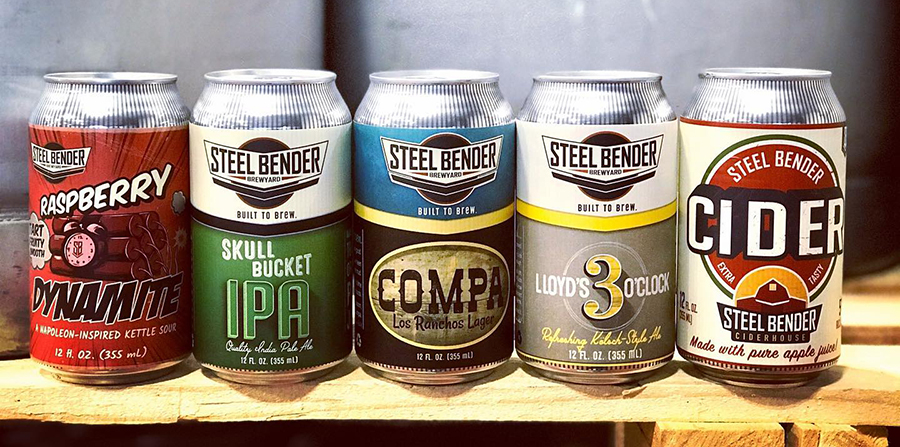

Clear BOPP
Looking for a minimalist or modern look? Clear BOPP lets your beer or packaging shine through the label itself. It’s also:
- Water-resistant
- Resistant to humidity and condensation
- Ideal when you want part of your label to “disappear” visually
Pair with white ink underlays to make key text or design elements stand out on dark bottles or cans.
Chrome BOPP
This material gives you a metallic finish that feels premium without using traditional foil. Perfect for:
- Seasonal releases
- Special collaborations
- Labels where metallic ink effects are part of the brand vibe
Chrome BOPP stands out in taprooms, fridges, and photos — and that kind of attention can boost sales.
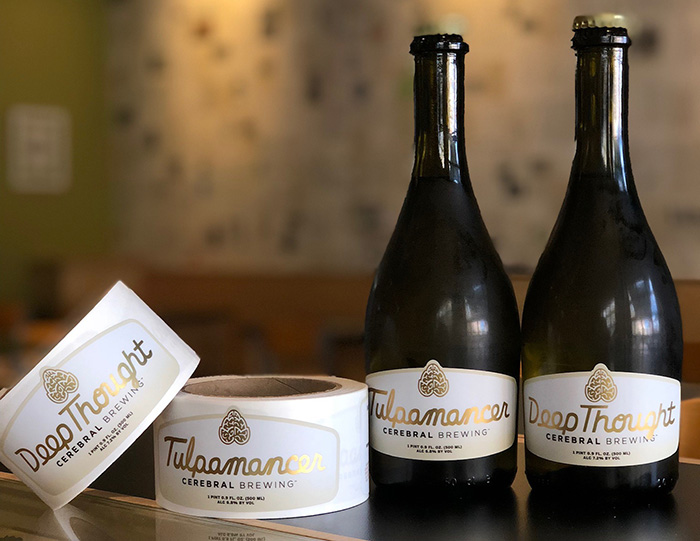

Gold BOPP
Want to suggest craftsmanship or exclusivity? Gold BOPP brings an upscale aesthetic while offering the same durability and water-resistant properties of other BOPP materials. Great for:
- Anniversary editions
- Barrel-aged series
- Heritage-style beers
Rainbow Holographic
While not a mainstream choice for beer, this label material demands attention. Use it for bold, experimental brews or limited runs where design is part of the experience. It gives off a prismatic effect that shifts in the light — a perfect match for modern or youth-oriented branding.
Pro Tips:
- All of these BOPP materials are moisture-resistant, which is non-negotiable for beer.
- Choose matte or gloss finish based on your brand tone — matte feels earthy or modern; gloss adds shine and shelf pop.
- Consider mixing materials across your product line to signal different tiers or series — white for core beers, chrome or gold for limited releases.
How Many Labels Should You Order?
- Small batch or seasonal release? Order just enough for your run.
- Flagship beers or year-round staples? Consider bulk to reduce unit cost.
- Trying out new label designs? Start small, test market response, then scale up.
What Are the Legal Requirements for Beer Labels?
In the U.S., beer labeling is regulated by the Alcohol and Tobacco Tax and Trade Bureau (TTB) and sometimes by state-level bodies. Here's what most labels must include:
- Brand name and class/type
- Alcohol content (ABV)
- Bottler/brewer info
- Net contents
- Government health warning
Quick Tips for Designing Beer Bottle Labels
- Make your logo and beer name legible from arm’s length.
- Use color psychology to evoke your brand’s personality.
- Pick fonts that reflect your vibe but stay readable.
- Leave space for regulatory info to avoid design crowding.
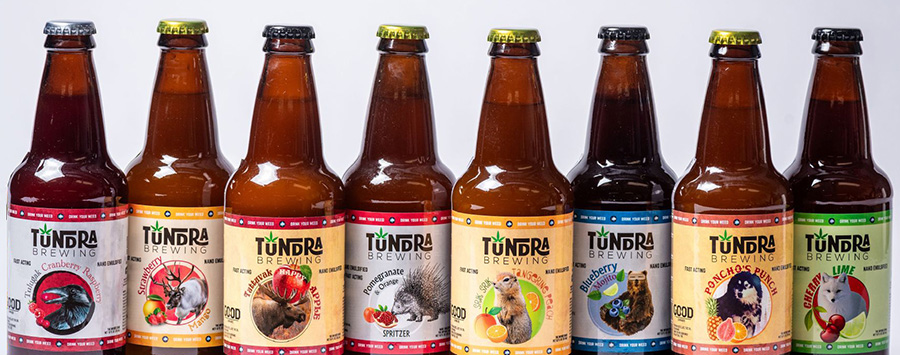

What to Look for in a Custom Beer Label Printing Partner
Choosing the right printer for your beer labels isn’t just about cost or convenience — it’s about getting it right the first time, every time. A quality label partner understands the quirks of cold, wet storage and how branding connects with buyers in split seconds.
Here’s what matters most when picking a custom printer for your beer labels:
1. Materials That Work in the Real World
Look for printers that offer water-resistant, pressure-sensitive materials like white and clear BOPP — they’ll stick to bottles and cans even when wet or chilled. Ask if they offer finishes like matte, gloss, or high-gloss laminate, which add both protection and polish.
2. Digital Printing Capabilities
If you’re doing short runs, rotating SKUs, or releasing seasonal brews, digital printing is essential. It allows you to print just what you need — without expensive plate fees — and makes it easier to pivot quickly if your design or messaging changes.
3. Flexible Quantities and Custom Shapes
Craft breweries don’t always run 10,000 bottles of one style — especially for collabs or taproom exclusives. A good partner will let you order in flexible quantities and offer custom die-cut shapes to match your brand identity or bottle profile.
4. Fast Turnaround Times
Time matters. Whether you're gearing up for a beer festival or replenishing inventory for a distributor, turnaround can make or break your launch window. Make sure your printer can deliver labels within a few business days without a rush charge.
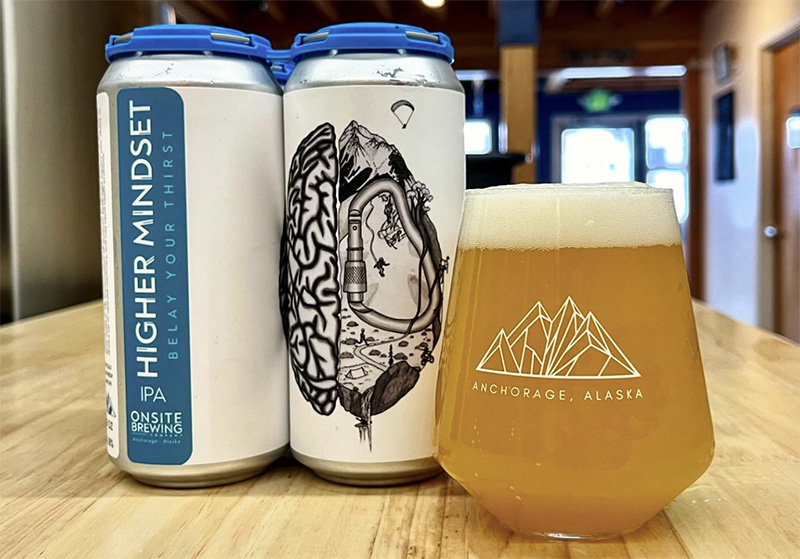

Designing on-screen is one thing. Seeing your label in-hand is another. A good printer will offer free or affordable press proofs, so you can test sizing, readability, and color accuracy on actual material before running a full batch.
6. Consistent Print Quality
Not all printers use the same equipment or standards. Ask about print resolution and how they handle color consistency across runs. A hazy logo or misaligned text can hurt the credibility of your beer — especially with retail buyers and loyal fans.
7. Real Customer Support
Things happen — designs need tweaks, timelines shift, regulations change. A partner that offers responsive, knowledgeable support can help you navigate all of that without stress. You want a team that understands the brewing industry, not just label logistics.
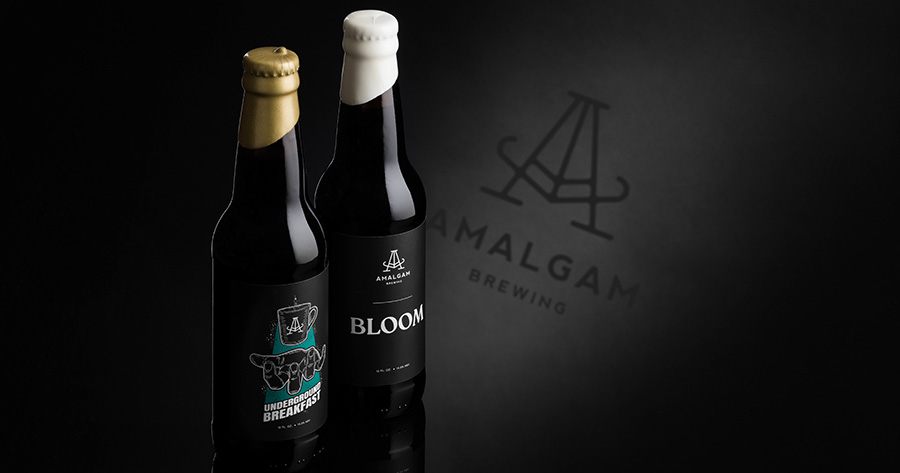

Need Help Getting Your Beer Bottle Labels Printed?
You’ve put care into every step of your brewing process — your labels should show it. At Lightning Labels, we work with breweries of all sizes to print custom beer labels that hold up in cold, wet conditions and look as good as your beer tastes.
Whether you're releasing a seasonal IPA, a flagship lager, or a taproom-only small batch, we offer durable materials, fast turnaround times, and the flexibility to print exactly what you need — without the stress.
Let’s make sure your custom beer labels are something you're proud to stick on a bottle.
FAQs
What’s the best paper for beer bottle labels?
White BOPP is a top choice because it’s water-resistant and durable. It handles condensation and still holds vibrant color and clean type.
Do beer labels need to be waterproof?
Yes, especially if they’ll be stored in fridges, ice buckets, or coolers. Moisture can ruin unprotected paper labels, so water-resistant materials like vinyl or BOPP are ideal.
Can I use custom labels for homebrew beer?
Absolutely. Digital printing allows for small-batch custom labels perfect for homebrewers. You can make your homebrew look as polished as commercial beer with the right design and material.
How many beer labels should I order for a new release?
Start with your expected batch size and add about 10% extra to cover labeling errors. If it's a test run, keep it small and scale up based on demand.
What’s the difference between paper and vinyl beer labels?
Paper labels are cheaper but less durable. Vinyl and BOPP labels are water-resistant and better for cold, wet environments. Choose based on how your product will be stored and used.

 Custom Labels
Custom Labels  Custom Beverage Labels
Custom Beverage Labels  Custom Lip Balm Labels
Custom Lip Balm Labels  Custom Warning & Safety Labels
Custom Warning & Safety Labels  Perfume Bottle Labels
Perfume Bottle Labels  Bumper Stickers
Bumper Stickers  Custom Prop 65 Warning Labels
Custom Prop 65 Warning Labels  Custom Stickers
Custom Stickers